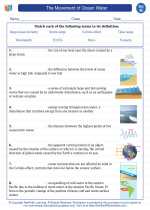Islands
An island is a landform that is completely surrounded by water. It can be found in oceans, seas, lakes, and rivers. Islands vary in size, from tiny islets to large landmasses such as Greenland and Australia. They are home to unique ecosystems and often have distinct cultures and histories.
Types of Islands
- Continental Islands: These are islands that were once part of a larger landmass, such as Great Britain and Sri Lanka.
- Oceanic Islands: These are formed from volcanic activity or coral reef growth, such as Hawaii and the Maldives.
- Barrier Islands: These are long, narrow islands that run parallel to the mainland and help protect the coast from erosion and storms.
- Coral Islands: These are formed from the accumulation of coral reef and are often found in tropical waters.
Formation of Islands
Islands can be formed through various geological processes, including volcanic activity, tectonic movements, and erosion. Volcanic islands, for example, are formed when molten rock from the Earth's mantle erupts through the crust and builds up over time. Tectonic movements, such as the shifting of tectonic plates, can also create islands by pushing land upwards or causing it to separate from the mainland.
Ecology and Biodiversity
Islands are often home to unique ecosystems and species that have evolved in isolation. This can lead to high levels of biodiversity and endemism, where species are found nowhere else in the world. However, islands are also vulnerable to environmental threats such as invasive species, habitat loss, and climate change.
Human Impact
Humans have inhabited islands for thousands of years and have often had a significant impact on their ecosystems. This includes the introduction of non-native species, deforestation, and pollution. Additionally, islands are often popular tourist destinations, leading to further environmental pressures.
Study Guide
When studying islands, consider the following key points:
- Identify and describe different types of islands, including their formation and characteristics.
- Explore the unique ecology and biodiversity of islands, including the factors that contribute to their distinctiveness.
- Analyze the impact of human activities on island ecosystems and the measures that can be taken to mitigate these effects.
- Examine the cultural and historical significance of islands, including the ways in which human communities have adapted to island environments.
By understanding the diverse nature of islands and the challenges they face, we can work towards preserving these important and often fragile environments.
.◂Science Worksheets and Study Guides Eighth Grade. The Movement of Ocean Water
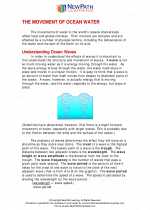
 Worksheet/Answer key
Worksheet/Answer key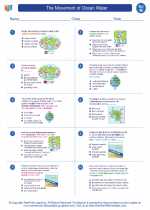
 Worksheet/Answer key
Worksheet/Answer key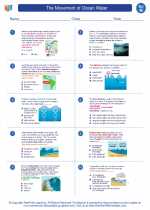
 Worksheet/Answer key
Worksheet/Answer key
 Vocabulary/Answer key
Vocabulary/Answer key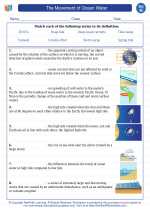
 Vocabulary/Answer key
Vocabulary/Answer key